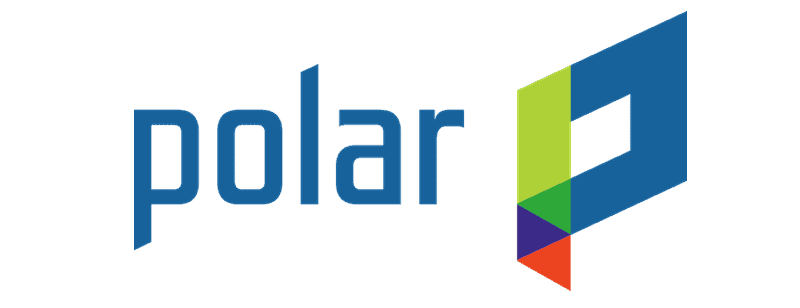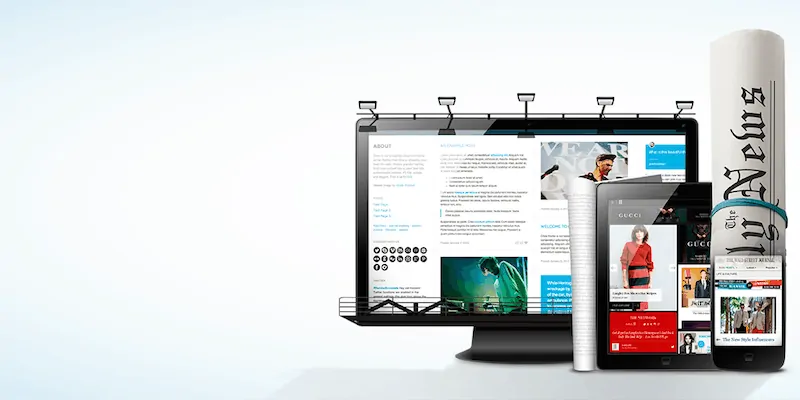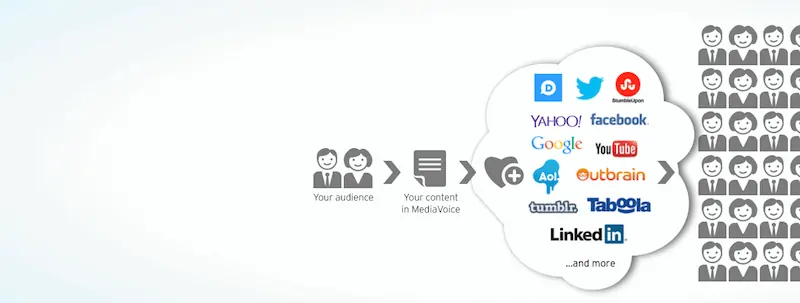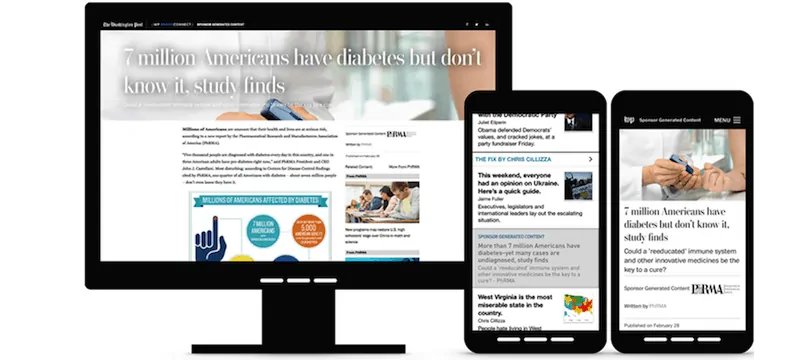Polar.Me – A Short Lesson In Native Advertising

From customer’s point of view advertising can be great. If it is done right, it is thoroughly enjoyable. However, sometimes advertising can be bad. Intrusive. Too repetitive. Popping out in all the wrong places, times and in a way that we hate. So making a good advertisement is not as easy as it may seem. Making a good online advertisement can be even trickier. However, there are also tricks that only virtual reality can offer and most of the time, good advertisements are those that we call native ads. They feel like a natural part of our online experience. So how to make a good native ad? Just ask Polar.Me.
Native Advertisement
That definition of a native ad is a bit simplistic, so let elaborate a bit. Native ads are not just ads, but paid content that is placed alongside normal content of the publication. Of course it is clearly labeled as such. To get back to Polar and what it does, it provides solutions for publishers and helps them in advertising, particularly in native ads area. They are present since 2007, with offices in Toronto and New York and are currently expanding in the UK and so far they’ve worked with over 400 publishers. The Washington Post, The Economist, Rolling Stone, New York Post, Martha Stewart, Hearst and Forbes are just some of them.
It is hard to imagine, but about half a decade ago, leaping into mobile advertising was a move that many were skeptical about. Polar was one of the first pioneers in that area and it helped define what a media app would look like even in the now (long) forgotten Blackberry reign. Industry is changing and so are they, so we are eagerly waiting how will they adapt after the iPhone reign. However, regular banners are something that does not work in mobile, because of the so called “fat finger” syndrome. So how to advertise? Make it part of the content.
Polar’s Media Voice
Native advertising is growing and it is one of the buzzwords, or better to say buzz-phrases of the year. Buzzing-ly coincidentally, one of the biggest perpetrators of native ads is BuzzFeed. Following in their footsteps, Facebook and Twitter are also known for implementing native ads in their feeds. Although you can argue that that kind of advertising is or isn’t moral, a lot of people stopped complaining about advertisements because they don’t perceive them invasive. To summarise, Polar’s solutions are inventive, crossing multiple platforms and within publisher’s ideas. How do they do it?
Cue in MediaVoice, Polar’s native advertising platform. It leverages your existing CMS and ad serving infrastructure, placing them in-stream across desktop and mobile sites. So, instead of adapting your workflow for ads, MediaVoice adapts to your infrastructure. It is easily integrated into existing ad server, it allows you to create and manage your ads and implement them within matter of minutes. It will also report you about your native ad engagement, primary and referral traffic and statistics of your clients.
Leading In the Field 
The reason why native advertisement is on the rise is because it is a part of the content. It emerges customers into existing content, rather then distracting them with flashy tactics. Polar is one of the leaders in native advertisement, and if you don’t trust our word, a number of $9 million of external capital should be enough. They serve over 1 billion impressions and their clients see an exponential increase in CTR and engagement with native ads on MedaVoice.
Everybody needs revenue, and Polar.me is one of the best players when it comes to online and native advertising. It is surely one of the biggest players in the field and we are proud to host it on a .ME domain.


